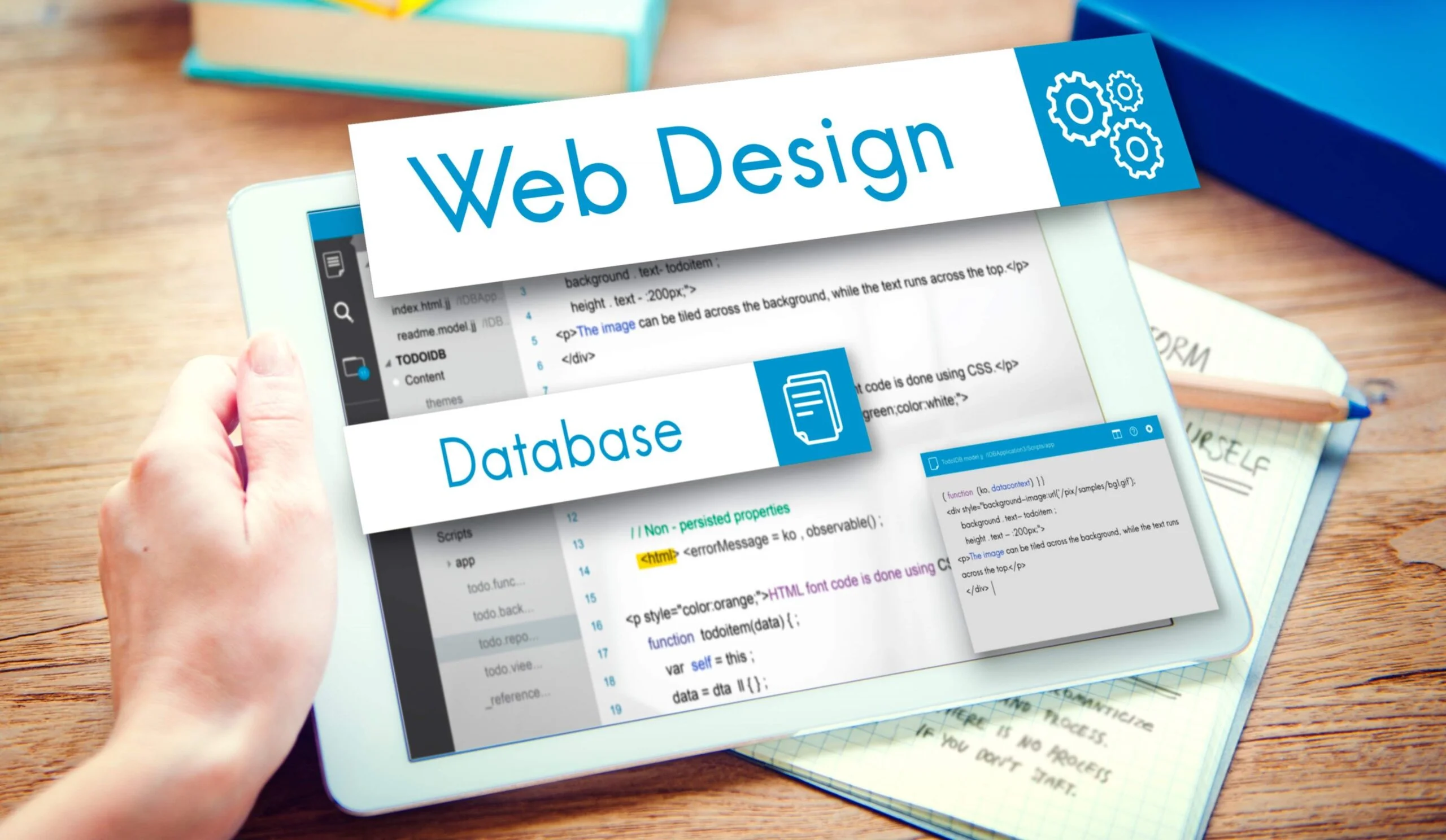How Web Design Pretoria Can Change Your Online Existence
How Web Design Pretoria Can Change Your Online Existence
Blog Article
A Comprehensive Overview to Responsive Website Design Techniques
Responsive web layout has actually ended up being a crucial element in the development of electronic platforms, allowing for a seamless individual experience throughout a multitude of tools. The landscape of internet design is constantly developing, elevating questions about the future of responsiveness and the strategies that will specify it.
Comprehending Responsive Website Design
Receptive web style (RWD) is a method that makes certain a web site's layout and web content adapt effortlessly throughout a selection of tools and display dimensions (Web Design Pretoria). This layout technique is vital in today's electronic landscape, where customers gain access to internet sites from mobile phones, tablets, laptop computers, and computer. RWD enhances individual experience by allowing a site to keep capability and looks, no matter of the device being utilized
Furthermore, media questions are employed to use various styles based on tool attributes like screen size and alignment. This strategy makes sure that the website's design is customized to the specific demands of users, boosting functionality.
Furthermore, RWD adds positively to seo (SEO) by promoting a single, constant URL for an internet site, which simplifies link sharing and indexing. As mobile gadget usage continues to climb, recognizing and implementing receptive internet design is vital for services intending to get to a more comprehensive audience and enhance general web performance.
Key Concepts of Responsive Style
To develop a reliable receptive design, several crucial principles have to be thought about. A mobile-first strategy is crucial. This means designing for the tiniest displays first and progressively boosting the format for bigger gadgets. This method guarantees that the essential content is prioritized and available on all screens.
2nd, versatile grids and layouts are vital. Making use of a grid system that adapts to different screen sizes enables for an unified distribution of material, making certain readability and usability across gadgets. This versatility is enhanced by the use of loved one systems, such as percents or ems, instead than repaired pixels.

Lastly, focusing on material hierarchy is crucial. Clear and logical company of material improves individual experience, assisting visitors through the website effortlessly, no matter the device utilized. Web Design Pretoria. By adhering to these concepts, designers can develop sites that are not only aesthetically enticing but user-centered and additionally useful throughout all devices
Methods for Liquid Layouts
Liquid designs are necessary for producing adaptive web experiences that flawlessly adjust to different display sizes. By utilizing percentage-based sizes as opposed to repaired pixel values, designers can make certain that components on a web page resize proportionally, maintaining visual harmony throughout gadgets. This strategy promotes flexibility, allowing web content to adapt and stream as the viewport modifications.
One efficient technique for accomplishing fluid formats is to use CSS Flexbox or Grid systems. These CSS components enable designers to create receptive frameworks that can conveniently resize and reposition based on the available area. Flexbox masters one-dimensional layouts, while Grid is ideal for two-dimensional setups, giving better control over positioning and positioning.
One more method includes using media queries to specify breakpoints where adjustments are required - Web Design Pretoria. By defining various styles for numerous display dimensions, designers can customize design properties dynamically, guaranteeing ideal functionality and visual allure
Additionally, integrating family member devices like ems or rapid eye movements for font sizes and spacing can better improve fluidness, as these devices range based on user settings or moms and dad elements. Together, these strategies help with the growth of liquid designs that advertise an engaging customer experience across varied devices.
Maximizing Photos for All Instruments
Photos play a crucial duty in web style, and maximizing them for different tools is necessary for boosting performance and customer experience. To achieve this, designers ought to employ receptive image techniques that make certain photos show appropriately across different screen dimensions and resolutions.
One effective approach is making use of the HTML" element, which allows for defining multiple check it out picture sources based on the display conditions. By using 'srcset' qualities, developers can give various picture resolutions, allowing the browser to pick one of the most ideal one for the individual's gadget.
Additionally, implementing proper file formats is vital. Layouts such as JPEG, PNG, and WebP each serve distinctive purposes and can substantially influence filling times. WebP, for instance, uses premium compression, causing smaller data sizes without giving up top quality.
An additional crucial element is image compression. Devices like TinyPNG or ImageOptim can decrease file sizes, enhancing loading rate while protecting aesthetic stability. Additionally, using CSS for background images can enhance packing as they can be controlled more fluidly throughout gadgets.
Eventually, maximizing photos not only improves website efficiency however also adds to far better individual involvement and retention, making it a basic technique in receptive website design.
Maintaining and examining Responsiveness
Making certain a seamless individual experience across different devices calls for thorough screening and upkeep of view website responsiveness. The very first step in this process is to utilize a combination of guidebook and automated testing devices. Devices such as Google's Mobile-Friendly Examination and BrowserStack permit designers to sneak peek exactly how their sites do across numerous gadgets and screen dimensions efficiently.
Furthermore, it is vital to execute normal audits of your website's layout and capability. This consists of checking for breakpoints, making certain aspects resize correctly, and verifying that navigating continues to be user-friendly. Testing must not be restricted to visual aspects; capability throughout different browsers and devices must be checked out to identify any type of inconsistencies.

Conclusion
In verdict, the execution of receptive internet layout techniques is vital for developing adaptable sites that improve individual experience throughout diverse devices. By adhering to key concepts such as liquid grids, media queries, and adaptable layouts, in addition to maximizing photos and using receptive frameworks, developers can achieve aesthetic allure and improved loading speeds. Ongoing testing and maintenance further guarantee that web sites continue to important link be practical and visually pleasing, ultimately adding to enhanced customer engagement and contentment.
Responsive internet design has become an essential component in the growth of electronic platforms, allowing for a seamless individual experience across a multitude of tools.Receptive web design (RWD) is an approach that makes sure a website's design and material adapt effortlessly across a variety of devices and screen sizes. RWD improves user experience by permitting an internet site to maintain capability and aesthetics, regardless of the gadget being made use of.
Making certain a seamless user experience across numerous gadgets needs persistent testing and upkeep of responsiveness.In final thought, the implementation of responsive internet layout techniques is important for producing versatile web sites that boost individual experience across varied tools.
Report this page